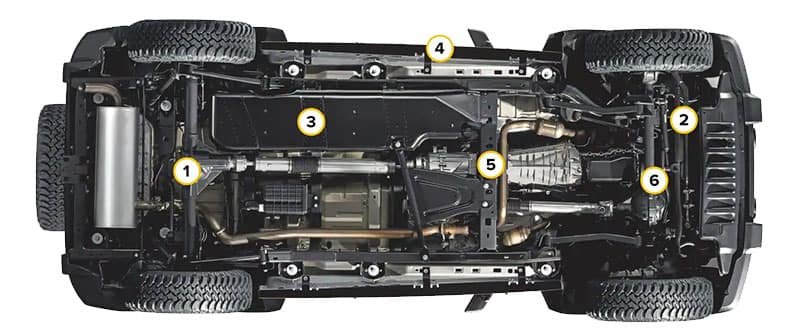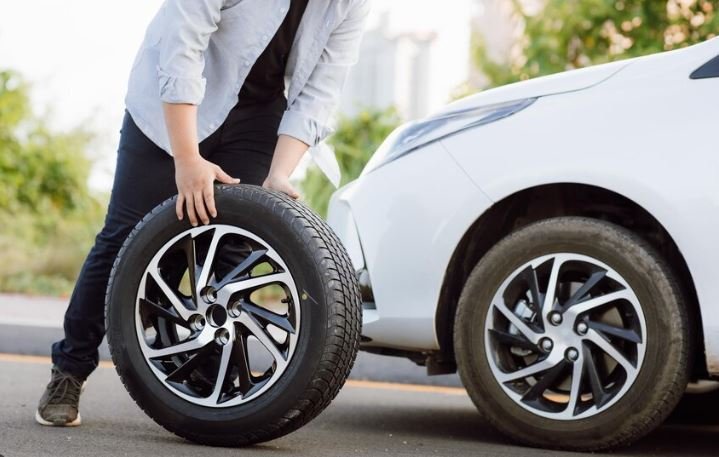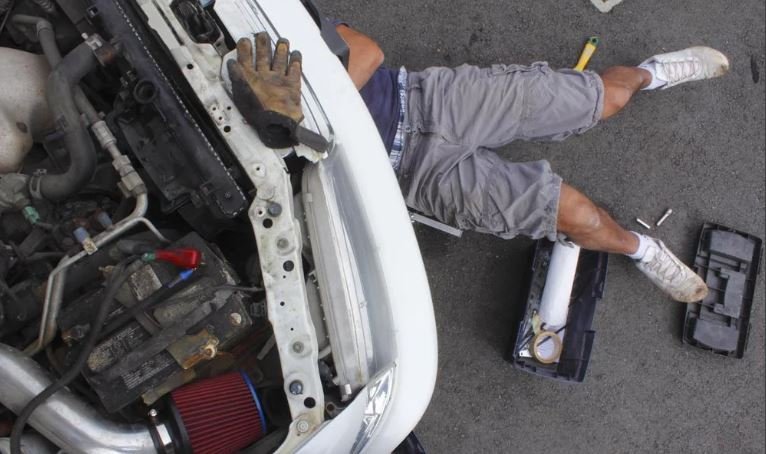Understanding the signs of car part failure can help you address issues before they become major problems. Recognizing these signs early can prevent breakdowns and costly repairs. Here’s a guide to common signs indicating car part failure and what to look out for.

1. Engine Warning Light
The engine warning light is a key indicator of potential engine issues:
- Check Engine Light: Illuminates when the engine control unit detects a problem. It can signal various issues, from minor sensor problems to significant engine failures.
- Action: Have your vehicle’s computer system checked and diagnosed by a professional to determine the exact cause.
Ignoring this warning can lead to more severe engine damage.
2. Unusual Noises
Different sounds can indicate specific car part failures:
- Squealing or Grinding Brakes: These sounds often signal worn-out brake pads or rotors. Prompt replacement is necessary to maintain braking performance.
- Clunking Noises: Clunking noises when turning can indicate issues with the suspension or steering components, such as worn-out ball joints or tie rods.
Addressing unusual noises promptly can prevent further damage and ensure safety.
3. Fluid Leaks
Leaking fluids can signal various car part issues:
- Oil Leaks: Brown or black puddles under your vehicle may indicate an oil leak. This could be due to a damaged oil pan or gasket.
- Coolant Leaks: Green or orange fluid under the vehicle suggests a coolant leak, possibly from a radiator or hose.
Regularly check for fluid leaks and address them immediately to avoid engine overheating and other issues.
4. Vibrations or Shaking
Vibrations while driving can point to several potential problems:
- Imbalanced Tires: Vibration felt through the steering wheel or seat may indicate unbalanced tires. Regular balancing and alignment can correct this.
- Engine or Transmission Issues: Persistent shaking could signal problems with engine mounts or transmission components.
Have your vehicle inspected to diagnose and fix the source of the vibrations.
5. Difficulty Starting the Engine
Starting issues can be due to several factors:
- Dead Battery: If the engine cranks slowly or not at all, a dead or weak battery might be the cause.
- Starter Motor Problems: A clicking sound when turning the key can indicate a faulty starter motor.
Check the battery and starter motor to ensure reliable engine starting.
6. Smoke or Steam from the Engine
Smoke or steam can indicate serious engine problems:
- White Smoke: White smoke from the exhaust often means coolant is leaking into the engine, possibly due to a blown head gasket.
- Black Smoke: Black smoke indicates incomplete fuel combustion, which could be due to a clogged air filter or faulty fuel injector.
Investigate and address these issues promptly to prevent engine damage.
7. Warning Sounds from the Dashboard
Dashboard warning sounds can alert you to various problems:
- Buzzer or Chime: Persistent sounds or chimes usually indicate issues such as low oil pressure, low battery voltage, or an open door.
- Flashing Lights: Flashing warning lights can signify critical issues that require immediate attention.
Consult your vehicle’s manual to understand the meaning of warning sounds and lights.
Conclusion
Recognizing the common signs of car part failure, such as engine warning lights, unusual noises, fluid leaks, vibrations, starting difficulties, smoke, and dashboard warnings, can help you address issues before they escalate. Regular maintenance and prompt repairs ensure your vehicle remains reliable and safe.



















